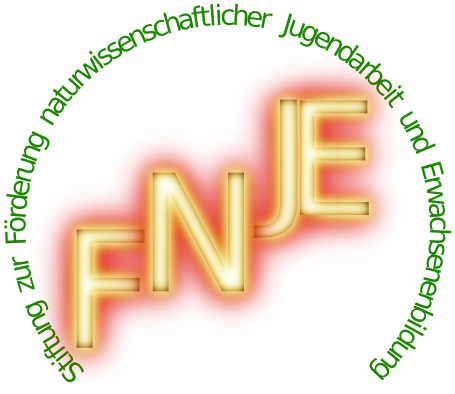KA.KEŠ2: Difference between revisions
From All Skies Encyclopaedia
KA.KEŠ2
DavidHilder (talk | contribs) No edit summary |
|||
| Line 9: | Line 9: | ||
* = ''kiṣru'' "Knot". |
* = ''kiṣru'' "Knot". |
||
1) Possibly a term for meteorites, see (Kurtik k20) [[kiṣru|''kiṣru'']]. |
* 1) Possibly a term for meteorites, see (Kurtik k20) [[kiṣru|''kiṣru'']]. |
||
| ⚫ | |||
| ⚫ | |||
| ⚫ | |||
| ⚫ | |||
==Historical Dictionaries== |
==Historical Dictionaries== |
||
{| class="wikitable" |
{| class="wikitable" |
||
| Line 31: | Line 29: | ||
[[Category:Eurasia]] |
[[Category:Eurasia]] |
||
[[Category:Cuneiform]] |
[[Category:Cuneiform]] |
||
[[Category:4workWayne]] |
|||
Revision as of 08:06, 15 July 2025
mulKA.KEŠ2 (𒀯𒅗𒆟) = kiṣru 'The Knot, is a Sumerian term, apparently with multiple meanings in astronomical texts over the centuries. In the early second millennium it occurs as a star-name in Sumerian list of stars, later is occurs as a term for meteors, and finally as a technical term in late-mathematical astronomy.
Dictionary
Kurtik with Hilder, Hoffmann, Horowitz, Kim
Var. reading:
- mulKA.KEŠDA;
- = kiṣru "Knot".
- 1) Possibly a term for meteorites, see (Kurtik k20) kiṣru.
- 2) In the Nippur forerunner to the Urra 22 star-list [G. 210; MSL XI, 108:390, now see Horowitz 2005: 166.
- 3) Also note the lexical equation mulKA.KEŠ2 = kippatu "circle" [CAD K, 397b], in which case a connection with mulGAM-ti, the Mesopotamian prototype of the Northern Crown (Corona Borealis) (?) is possible.
Historical Dictionaries
| Kurtik (2022, k04) | Gössmann (1950) |
|---|---|
| вар. чтения: mulKA.KEŠDA; = kiṣru «Узел». Возможно, это термин для обозначения метеоритов, см. k20kiṣru. Встречается только в шумерских списках звезд из Ниппура [G. 210; MSL XI, 108:390]. Не исключается также тождество: mulKA.KEŠ2 = kippatu «Круг» [CAD K, 397b], в этом случае возможна связь с mulGAM-ti, месопотамским прототипом Северной Короны (Corona Borealis) (?). | Example |




